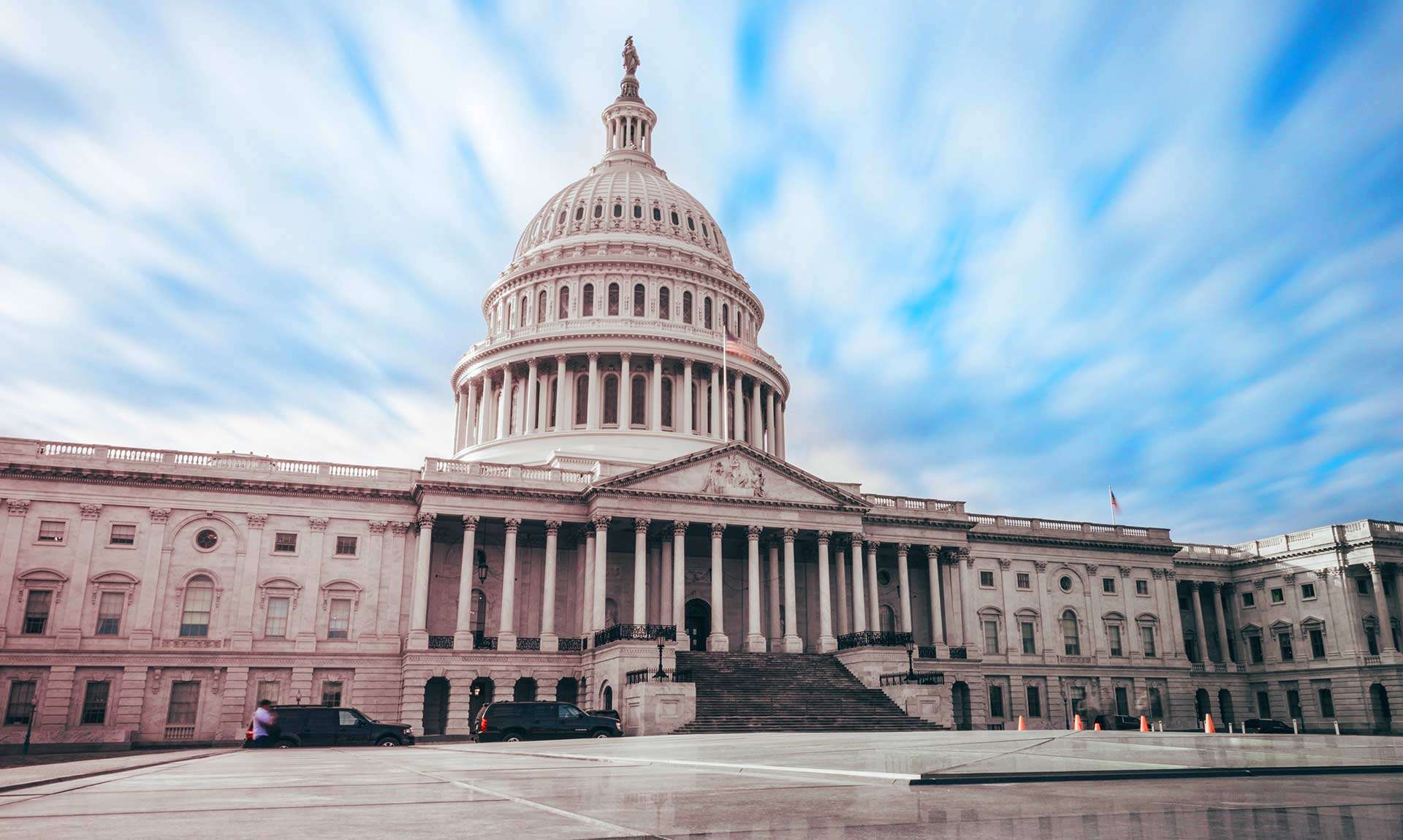143 Visas Budget 2024: A Comprehensive Guide
The 143 visas budget 2024 is a topic of interest for individuals and families seeking to migrate under this family visa category. As governments adjust their financial priorities annually, understanding the new allocations and regulations can make or break your application success. This blog dives deep into the latest updates, expected fees, processing times, and more, ensuring you stay ahead in planning your migration journey.
- What Are 143 Visas?
- Key Highlights of the 143 Visas Budget 2024
- How Does the 143 Visas Budget 2024 Impact Applicants?
- Budget Breakdown: How Funds Are Allocated for 143 Visas
- Steps to Apply for a 143 Visa in 2024
- Tips to Maximize Your Chances of Success
- Alternatives to the 143 Visa
- Challenges and Opportunities with the 143 Visas Budget 2024
- Frequently Asked Questions About 143 Visas Budget 2024
- Conclusion: Is the 143 Visas Budget 2024 a Game-Changer?
What Are 143 Visas?
Subclass 143 visas, also known as Contributory Parent Visas, allow eligible parents of Australian citizens or permanent residents to reside permanently in Australia. This visa is a preferred choice for families who want to reunite with their parents. Understanding how the 2024 budget impacts this visa category is essential for applicants.
Key Highlights of the 143 Visas Budget 2024
- Increased Allocations:
The 2024 budget has reportedly allocated a higher number of visas for the 143 category, aiming to reduce the backlog of applications. - Fee Adjustments:
While the focus remains on family reunification, processing fees are expected to rise marginally, in line with inflation and operational costs. - Processing Time Improvements:
A portion of the budget has been directed to streamline visa processing. This will significantly reduce the current processing time, which has been a major concern for applicants. - Focus on Family Reunification:
The 2024 budget emphasizes family reunification, with increased resources dedicated to parent and partner visas, including Subclass 143.
How Does the 143 Visas Budget 2024 Impact Applicants?
Faster Processing Times
The biggest advantage of the 2024 budget is the allocation of additional resources to reduce processing delays. Previously, the wait time for a 143 visa could extend to several years. The new measures aim to address this, giving applicants hope for quicker reunification.
Higher Fees
Although the increased fees may deter some applicants, it ensures the government can handle the high volume of applications effectively. For Subclass 143, applicants should budget for the additional costs in 2024.
Priority Categories
Parent visas, including Subclass 143, are now categorized as a priority under the family migration stream. This categorization ensures that these visas receive more attention and resources compared to other streams.
Budget Breakdown: How Funds Are Allocated for 143 Visas
- Application Processing:
A significant portion of the budget is earmarked for hiring more visa officers and upgrading processing systems. - Digital Transformation:
The government is investing in technology to digitize application processes, making them more efficient and user-friendly. - Support Services:
Additional funding is dedicated to providing support services for applicants, including counseling for families during the migration process.
Steps to Apply for a 143 Visa in 2024
- Check Eligibility:
Ensure you meet the criteria, including sponsorship by an eligible child who is an Australian citizen or permanent resident. - Prepare Documents:
Gather all necessary documents, such as proof of relationship, health assessments, and police clearance certificates. - Lodge the Application:
Submit your application through the Department of Home Affairs’ official portal. - Pay the Fees:
The contributory parent visa requires an upfront payment, which is higher than most visa categories. Be prepared for this financial commitment. - Wait for Processing:
With the 2024 budget improvements, processing times are expected to shorten. However, patience is still key during this stage.
Tips to Maximize Your Chances of Success
- Submit Complete Documentation:
Missing documents are one of the primary reasons for delays or rejections. - Engage a Migration Agent:
Professional guidance can help you navigate complex visa requirements and avoid costly mistakes. - Stay Updated:
Follow updates on the 143 visas budget 2024 to ensure you are aware of any policy changes.
Alternatives to the 143 Visa
If the Subclass 143 visa doesn’t suit your needs or budget, consider these alternatives:
- Subclass 173 (Contributory Parent Visa – Temporary):
A temporary option that allows you to stay in Australia for two years and then apply for a 143 visa. - Subclass 103 (Parent Visa):
A non-contributory option with lower fees but significantly longer processing times.
Challenges and Opportunities with the 143 Visas Budget 2024
Challenges:
- Higher Costs:
The increased fees might be a financial strain for some families. - Strict Eligibility:
Meeting all criteria remains crucial to avoid delays.
Opportunities:
- Faster Reunification:
Shorter processing times mean families can reunite more quickly. - Clearer Guidelines:
Increased transparency in the application process provides greater clarity for applicants.
Frequently Asked Questions About 143 Visas Budget 2024
1. What is the current processing time for Subclass 143 visas?
With the 2024 budget improvements, processing times are expected to drop from several years to a more reasonable timeframe.
2. How much does a 143 visa cost in 2024?
The fees for Subclass 143 visas have increased slightly in 2024, with the total cost now exceeding AUD 47,000 per applicant.
3. Can I apply for a Subclass 143 visa from outside Australia?
Yes, all applications for the 143 visa must be lodged from outside Australia.
Conclusion: Is the 143 Visas Budget 2024 a Game-Changer?
The 143 visas budget 2024 brings a mix of opportunities and challenges for applicants. While the increased fees may concern some, the emphasis on faster processing times and family reunification is a positive step forward. For families looking to reunite in Australia, the 2024 budget offers hope and improved clarity in the migration process.
Stay informed and prepared to make the most of these changes in your journey toward obtaining a Subclass 143 visa.
Read more:
Pakistan to Thailand Visa FSD: Your Complete Guide to a Smooth Application and Hassle-Free Trip
If You Overstay Student Visa and Marry: What Happens Next?
latest video
news via inbox
Nulla turp dis cursus. Integer liberos euismod pretium faucibua




